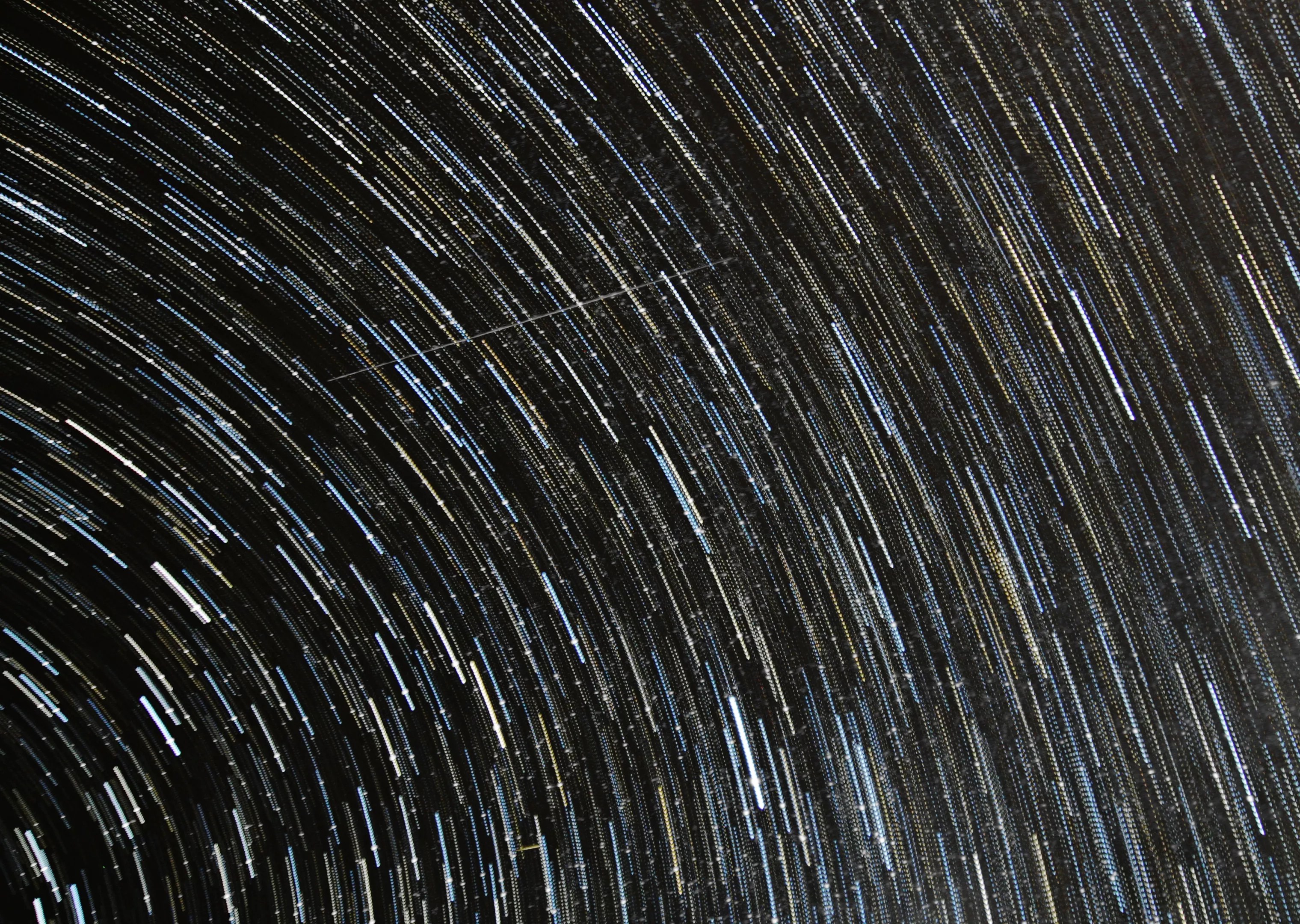

Audio By Carbonatix
Prepare yourself, skywatchers – a flurry of shooting stars are about light up the night this week.
The annual Lyrid meteor shower is happening every night until April 25 and is set to peak at the beginning of the week, which you’ll be able to see anywhere in the Valley.
The Lyrids, so named for the constellation Lyra, occur every April when the earth crosses through a comet’s debris field. It’s always a spectacular display.
If you want to make the most of the celestial event, here’s everything you need to know about the best times and spots to see the shooting stars.
Will you step up to support New Times this year?
At New Times, we’re small and scrappy — and we make the most of every dollar from our supporters. Right now, we’re $17,250 away from reaching our December 31 goal of $30,000. If you’ve ever learned something new, stayed informed, or felt more connected because of New Times, now’s the time to give back.
What causes the Lyrid meteor shower?
The Lyrid meteor shower is caused by fragments from Comet Thatcher (C/1861 G1). As the earth moves through debris left behind by the comet, tiny particles of ice and rock hit our atmosphere, transforming into shooting stars.
When is the Lyrid meteor shower in 2025?
This year, the Lyrids will be visible until April 25.
What day will the Lyrid meteor shower peak?
The Lyrid meteor shower is set to peak during the evening of Monday, April 21, into the morning of Tuesday, April 22. Skywatchers can possibly see approximately 10 to 20 shooting stars per hour, depending on your location and viewing conditions.
What time is the Lyrids meteor shower in 2025?
Shooting stars can be seen at various points throughout the evening. The number of meteors will increase after midnight and into the early morning hours with the greatest amount happening just before dawn.
Where do you look for the Lyrid meteor shower?
You should look to the northeastern sky. Meteors will appear to eminate from the constellation Lyra, which is located near the bright star Vega.
Where will the Lyrid meteor shower be visible in Arizona?
Basically, anywhere that’s dark. Ideally, you’ll want to be away from a city and in an area with minimal light pollution. Esstentially, the farther you are from city lights, the better your view will be. If you’re on the outskirts of the Valley with unobstructed views of the northeastern sky – particularly in places like Cave Creek, Apache Junction or Queen Creek – you’ll likely catch a lot more meteors. Allow your eyes time to adjust and you should be good to go.
Do you need a telescope or binoculars?
No. Meteors will appear suddenly, allowing little time to focus on them with either binoculars or a telescope.
What are viewing conditions for the Lyrid meteor shower?
The current forecast for Monday night in Arizona calls for scattered clouds, which means you should still be able to see some meteors.